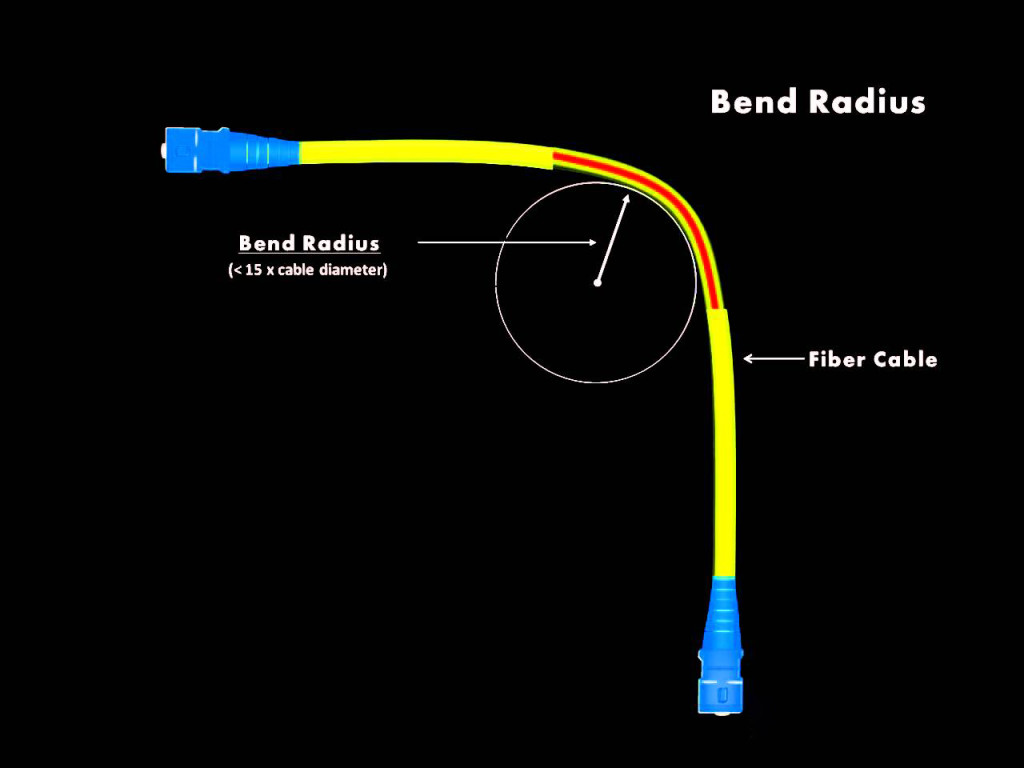To nearly every FOC (fiber optic cable) installer or technician, among the main factors when installing fiber optic cable would be keeping the minimum fiber bend radius.
What’s Fiber Bend Radius?
As we all know, the majority of FOC is constructed from glass. It’s quite impressive that the package of fiber could transmit a massive number of data and signals. However, do you know that the cable could be quite delicate due to the substance itself? Thus, we must decide on a regular (e.g., EIA/TIA 568) to specify the minimum fiber bend radius to maintain cables in excellent working order. The “fiber bend radius” of cable expresses how harshly a cable may safely bend in any given stage. All cabling includes a fiber bend radius, and the bend radius might differ according to different kinds or a different make of wires.
The minimum bend radius for fiber optic cable should be given both for long-term setup and as soon as the cable is subject to tensile load. For example, for most of the assumptions wires they need a bend radius of 10 times the cable outside diameter unloaded and 15 times the external diameter beneath the highest-rated pulling strain for this cable.
Bending Fiber Optic Cable
Bending fiber optic cable may cause the optical signal to refract and escape the cladding. It might also lead to irreversible damage by producing micro-cracks onto the fragile glass fibers. Therefore, remember which doesn’t bend the fiber outside; it has given fiber bend radius.
Bend insensitive fiber Cable
Bend insensitive fiber cables are developed for enhanced flex functionality in reduced-radius programs, such as office or residential environments with less flex sensitivity. Optical fiber producers utilized a refractive index”trench” in flex insensitive fiber. A ring of lower refractive index material essentially reflects the stray light in the heart of the fiber. Compared with the traditional fibers, the flex fiber applies a reasonably higher numerical aperture (NA) and provides enhanced flex performance for software in the 1310nm and 1550nm range.
Overview
Fiber bend radius is almost always a real problem that we should need to be worried about if installing fiber optic cables. Be sure that you know the minimal fiber ring radius of your installed wires, nor bend it outside the specified bend radius. Furthermore, if the program is needed, you may attempt using the bend-insensitive optical fiber.

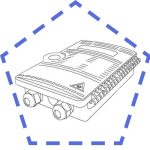 Fiber Optic Termination Boxes
Fiber Optic Termination Boxes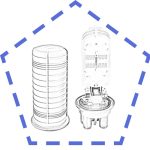 Fiber Optic Splice Enclosures
Fiber Optic Splice Enclosures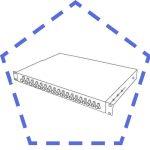 Fiber Patch Panels
Fiber Patch Panels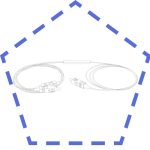 Fiber Optic Splitters
Fiber Optic Splitters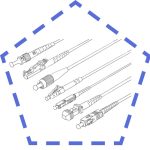 Fiber Optic Pigtails
Fiber Optic Pigtails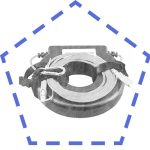 OTDR Launch Cables
OTDR Launch Cables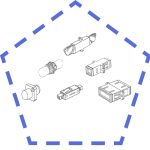 Fiber Optic Adapters
Fiber Optic Adapters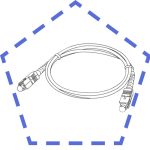 Fiber Optic Patch Cords
Fiber Optic Patch Cords